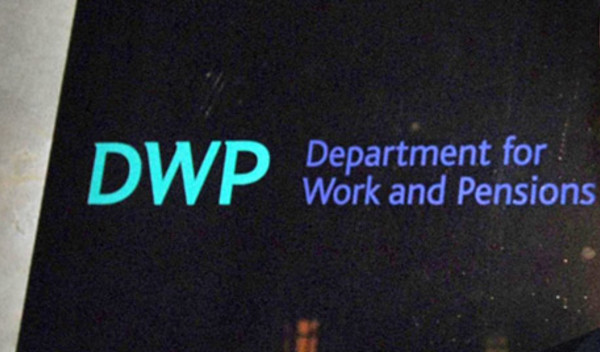

From a pensions perspective, the election means that the pension schemes bill will not be enacted during the current parliament and we will have to wait and see what form it takes if and when it is reintroduced.
Analysis of the bill has focused on potentially valuable developments relating to a framework for collective defined contribution schemes, regulations covering pension dashboards and new powers for The Pensions Regulator.
Less attention has been focused on the efforts to limit the statutory right to transfer pension benefits to prevent sham transfers.
This lack of attention is perhaps a little surprising given the amount of regulatory and press attention in recent years on improving transfer times and bringing down transfer costs.
Tucked away in the supporting documentation to the bill is confirmation that the Department for Work and Pensions envisages members will be required to provide payslips and bank statements over a three-month period in order to hold a statutory right to transfer.
Having spent the past few years trying to prevent some scheme members from transferring to sham pension arrangements, I think the introduction of requirements like this, on a proportionate basis and in the right circumstances, is absolutely the right thing to do.
A proportionate introduction of these measures will allow providers and trustees to ask for this evidence where genuine suspicions exist, and refuse to allow the transfer where an employment link can not be proven. However, problems will occur if the requirements are not introduced in a proportionate fashion.
At least one summary of the bill has interpreted the impact as being that “trustees will not be able to transfer benefits to another scheme where [the] new conditions are not satisfied”.
Clearly that is the intent of the new rules, but it is even clearer that exemptions from the requirements must be provided, and will need to be very carefully drawn to balance the need to prevent scammers from exploiting loopholes, while ensuring that providers are not effectively forced to block legitimate transfers because the employment link can not be established.
At the most basic level, the fact that the draft legislation covers transfers to personal pension schemes and that individuals do not have to be employed to open personal pension schemes creates obvious issues.
If I am a student, unemployed, taking a career break, or retired and want to transfer to a new personal pension to reduce charges or increase investment choice, will the compliance department of my current pension provider allow me to transfer if I can not establish my employment link? At some risk-averse companies, the answer is likely to be no.
It will be interesting to see how the DWP handles this issue in secondary legislation. Careful drafting of the rules is going to be required.
Any attempt to restrict the statutory right to transfer, if handled poorly, or interpreted by providers in an overly risk-averse fashion, could potentially see parts of the transfer market grind to a halt.
Gareth James is head of technical at AJ Bell



